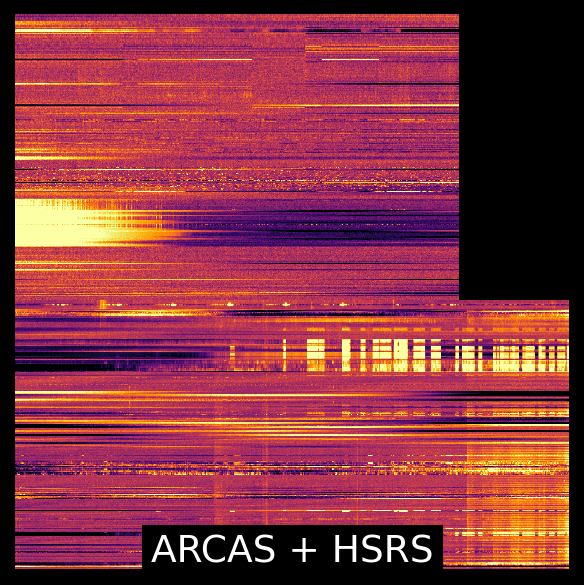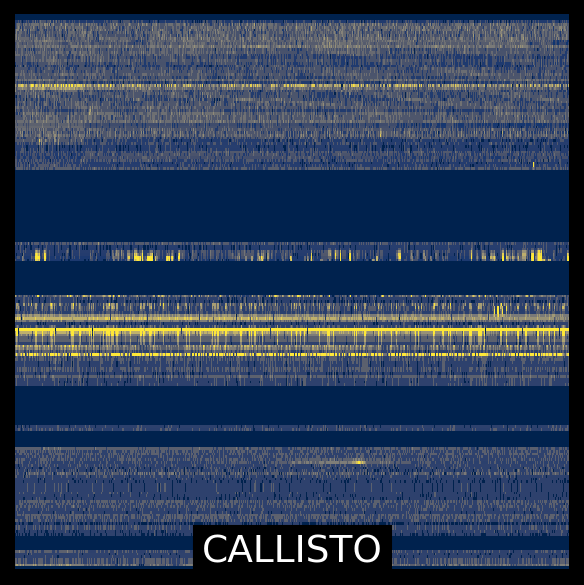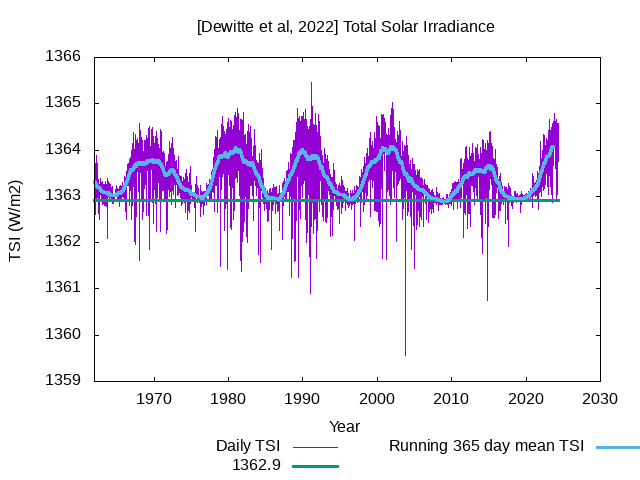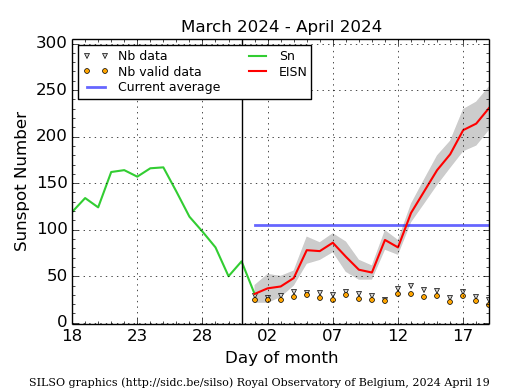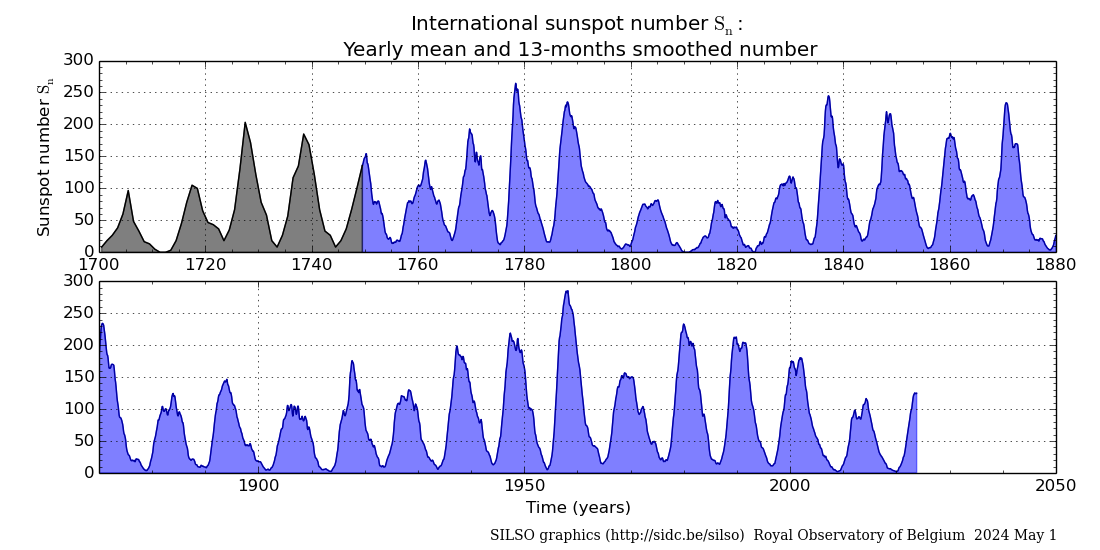Solar flaring activity over the past 24 hours was at high levels, with 4 M-class flares. The largest flare was a M9.5-flare, with peak time 23:46 UTC on April 30 associated with NOAA AR 3654 (beta-gamma-delta). There are currently 5 numbered active regions on the visible disk. NOAA AR 3654 (beta-gamma-delta) is the largest, most magnetically complex region and has produced most of the flaring activity in the last 24 hours. NOAA AR 3654 (beta-gamma-delta) has started to rotate over the west limb. NOAA AR 3660 has decayed into a plage region. NOAA AR 3663 (beta) has emerged on the north-east quadrant of the visible Solar disk. All other regions were inactive and stable. The solar flaring activity is likely to be at moderate levels over the coming days with C-class flares expected, M-class flares possible and a chance for an X-class flare.
A partial halo Coronal Mass Ejection (CME), was detected at 06:36 UTC on May 01, in LASCO C2 data. The CME is associated with an eruption seen in SDO/AIA 193 at 05:57 UTC on May 01, associated with NOAA AR 3654. Further analysis is ongoing. Further analysis of the CME seen in LASCO C2 data at 12:36 UTC on April 29, shows a possible glancing blow late on May 03.
A small positive polarity mid-latitude coronal hole (CH) has started to cross the central meridian. The long negative polarity CH that passed the central meridian on April 29 has decreased in size and has broken up into two negative polarity high latitude CH. These are no longer expected to impact the Earth.
Over the past 24 hours the greater than 10 MeV GOES proton flux was at background levels and is expected to remain so over the next days.
The greater than 2 MeV GOES 16 electron flux was below the 1000 pfu threshold and is expected to remain so in the upcoming days. The 24h electron fluence was at nominal level and is expected to remain so in the next days.

